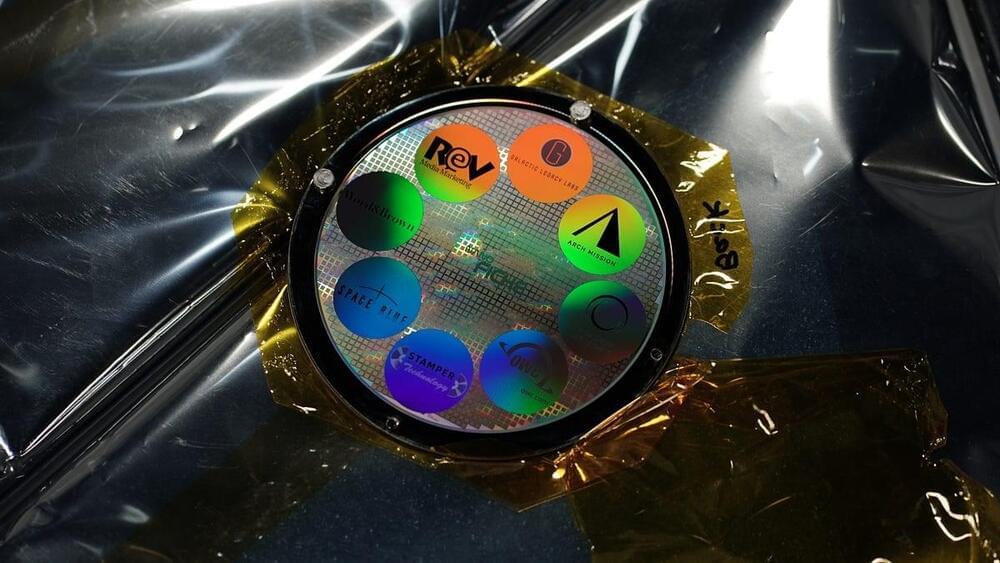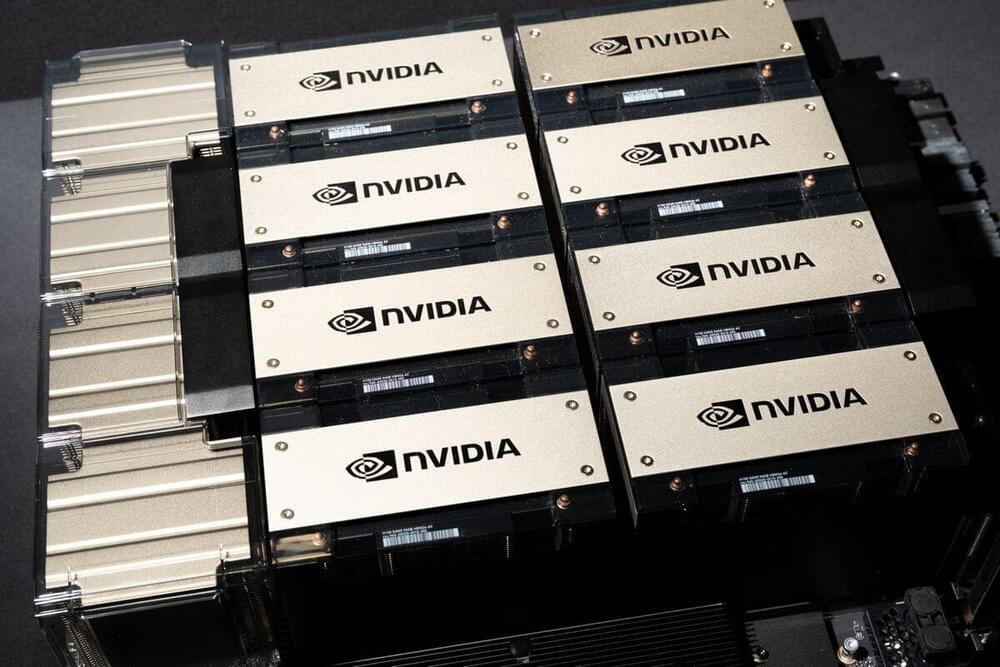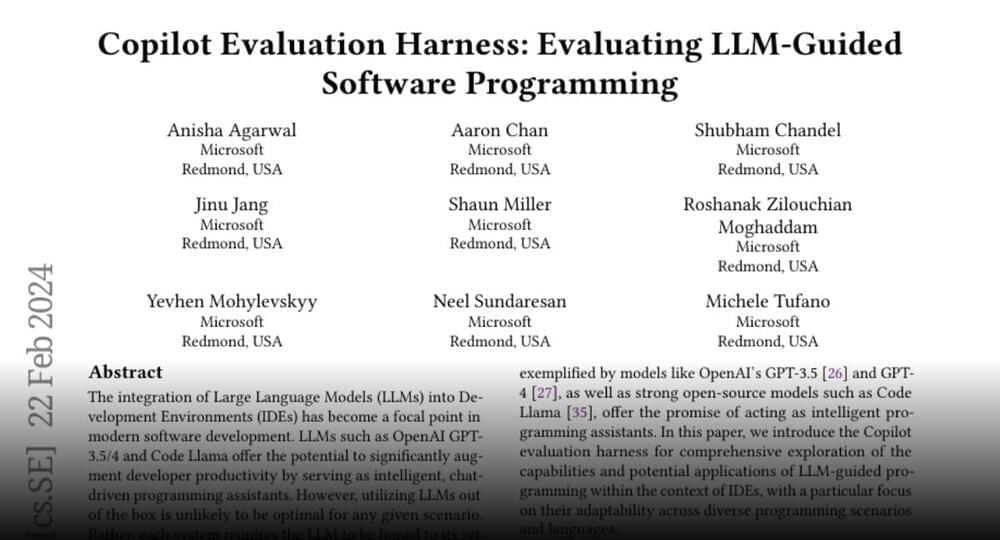Join us on Patreon! https://www.patreon.com/MichaelLustgartenPhDDiscount Links: DunedinPACE: https://trudiagnostic.com/?irclickid=U-s3Ii2r7xyIU-LSYLyQdQ62UkA…
Get the latest international news and world events from around the world.

Newly-Found Cyberattack Can Set Your Smartphone on Fire: Here’s How
Security experts at the University of Florida, in collaboration with CertiK, a security audit company, have uncovered a potential cybersecurity threat that could result in smartphones catching fire when placed on wireless chargers.
According to TechXplore, this discovery highlights vulnerabilities in the Qi communication-based feedback control system used in inductive chargers, which wirelessly transfer energy to devices through electromagnetic fields.



Third Time’s a Charm — Lunar Library Successfully Lands on the Moon — Backup of Human Civilization Will Last for Up To Billions of Years
Could we disregard author rights for the sake of putting civ backup?
And put a lot more or at least more chosen pieces (but what to choose)?
We are thrilled to announce that on February 22, 2024, our third attempt to land the Arch Mission Foundation’s 30 million page Lunar Library on the Moon has succeeded!



See Varda Space’s private in-space manufacturing capsule’s historic return to Earth in photos
Varda plans to pioneer the use of orbital manufacturing spacecraft such as this capsule to open unique pathways for engineering materials in space. “Processing materials in microgravity, or the near-weightless conditions found in space, offers a unique environment not available through terrestrial processing,” the company’s website states.
Related: Private Varda Space capsule returns to Earth with space-grown antiviral drug aboard
The recovery made Varda only the third private company to recover an intact spacecraft from orbit, after SpaceX and Boeing.

